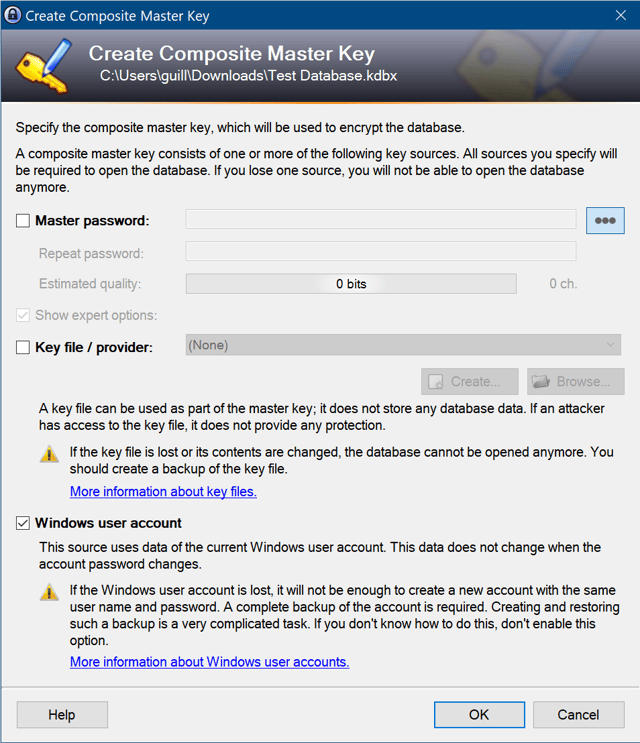I have a python bot that runs in Windows 10 and accesses Keepass with a password. I'm wondering what would be the correct way to store and access this Keepass password.
Currently, the Keepass password is encrypted and decrypted with a key. However the key is available to the python bot and therefore to anyone.
Am I missing something?

